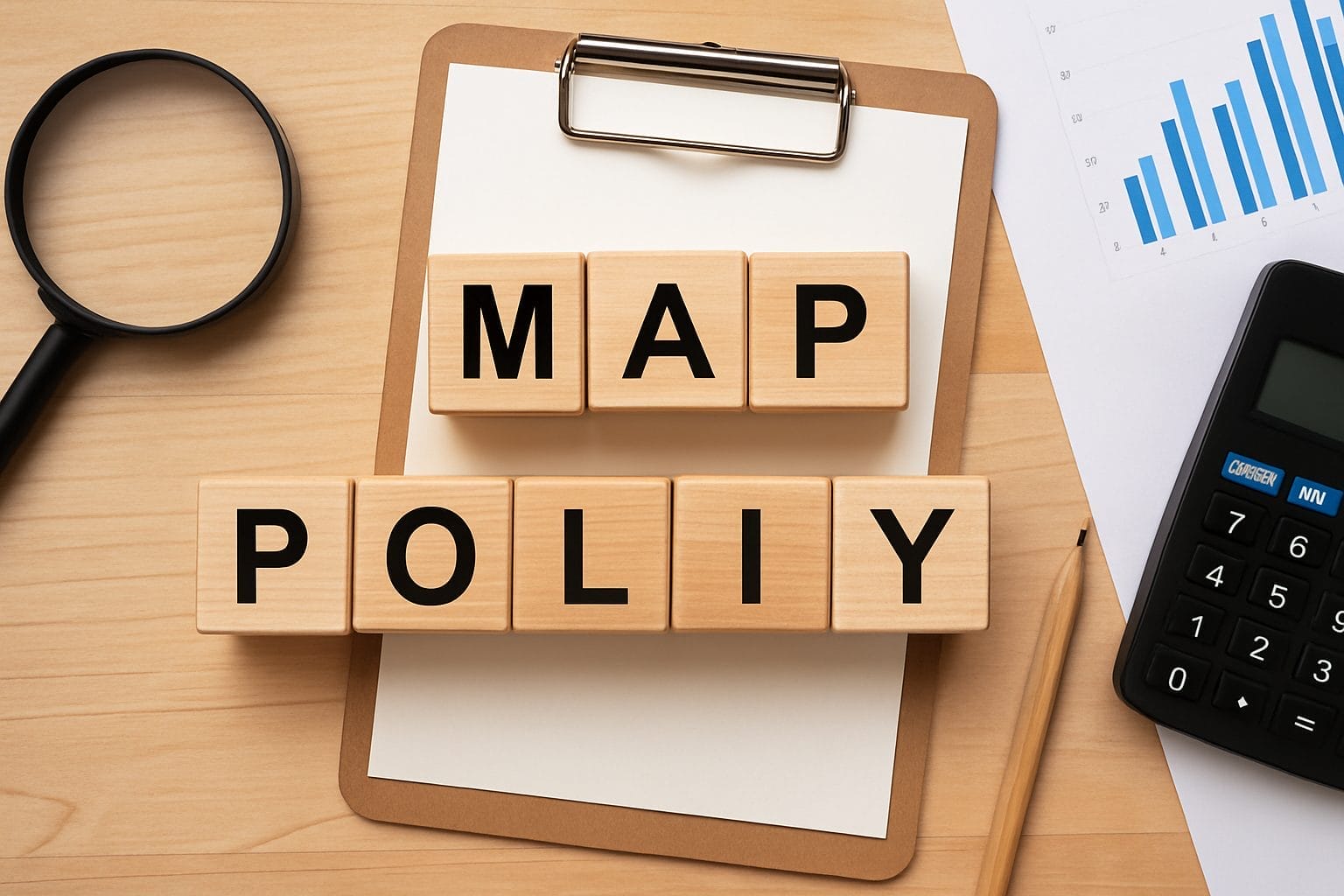Amazon MAP Policy: What You Need to Know to Protect Your Brand and Pricing


The Amazon MAP policy is a critical tool for brands looking to maintain control over how their products are priced on the platform. This policy helps protect brand value, ensures fair competition, and prevents price erosion. Understanding the Amazon MAP policy is crucial for sellers who want to comply with Amazon’s guidelines while maximizing profitability. In this guide, we’ll break down the key aspects of the MAP policy, how it works, and how you can enforce compliance to safeguard your business.
The MAP policy sets the minimum price at which a seller can advertise a product. Brands set the MAP, and sellers must follow it when displaying prices. While sellers can sell at any price, the advertised price must meet or exceed the MAP.
Why does MAP exist?
Amazon’s MAP policy keeps the marketplace fair and prevents price erosion, helping brands maintain their value.
Amazon enforces the MAP policy by requiring sellers to list their product at or above the minimum price set by the brand. However, Amazon doesn’t directly manage the enforcement of the MAP policy. It’s the brand’s responsibility to communicate the policy to sellers.
How it works:
Even though sellers have flexibility in what they sell for, they must comply with the advertised price rule.
The MAP policy is crucial for sellers, especially those offering branded products. Here’s why it matters:
For sellers, MAP ensures a stable and competitive pricing environment, which leads to long-term success. Map the buyer’s journey and measure customer experience with our guide.
As a seller, it’s your responsibility to ensure your listings comply with the MAP policy. Here’s how to enforce compliance:
By keeping track of your listings and enforcing MAP compliance, you help protect your margins and maintain a strong brand presence.
Here are some common MAP violations and how to avoid them:
To avoid these violations, ensure your pricing system is accurate and review all promotions regularly.
By following the MAP policy, you strengthen your relationship with the brands you sell. Here’s how to foster trust and build lasting partnerships:
When you stay compliant with MAP, you help protect both your margins and the brand’s reputation, contributing to a strong business relationship.
The Amazon MAP policy is an essential tool for maintaining fair competition and brand integrity in the marketplace. For sellers, adhering to MAP ensures healthy profit margins, protects brand value, and fosters a competitive pricing environment. By enforcing MAP compliance, monitoring listings, and avoiding common pitfalls, you can ensure your Amazon business thrives.
At Goamify, we specialize in helping sellers navigate Amazon’s policies, optimize their listings, and scale their business effectively. Contact us today to learn how we can help you stay compliant while boosting your Amazon performance.
Learn more about how we can help your Amazon business succeed!